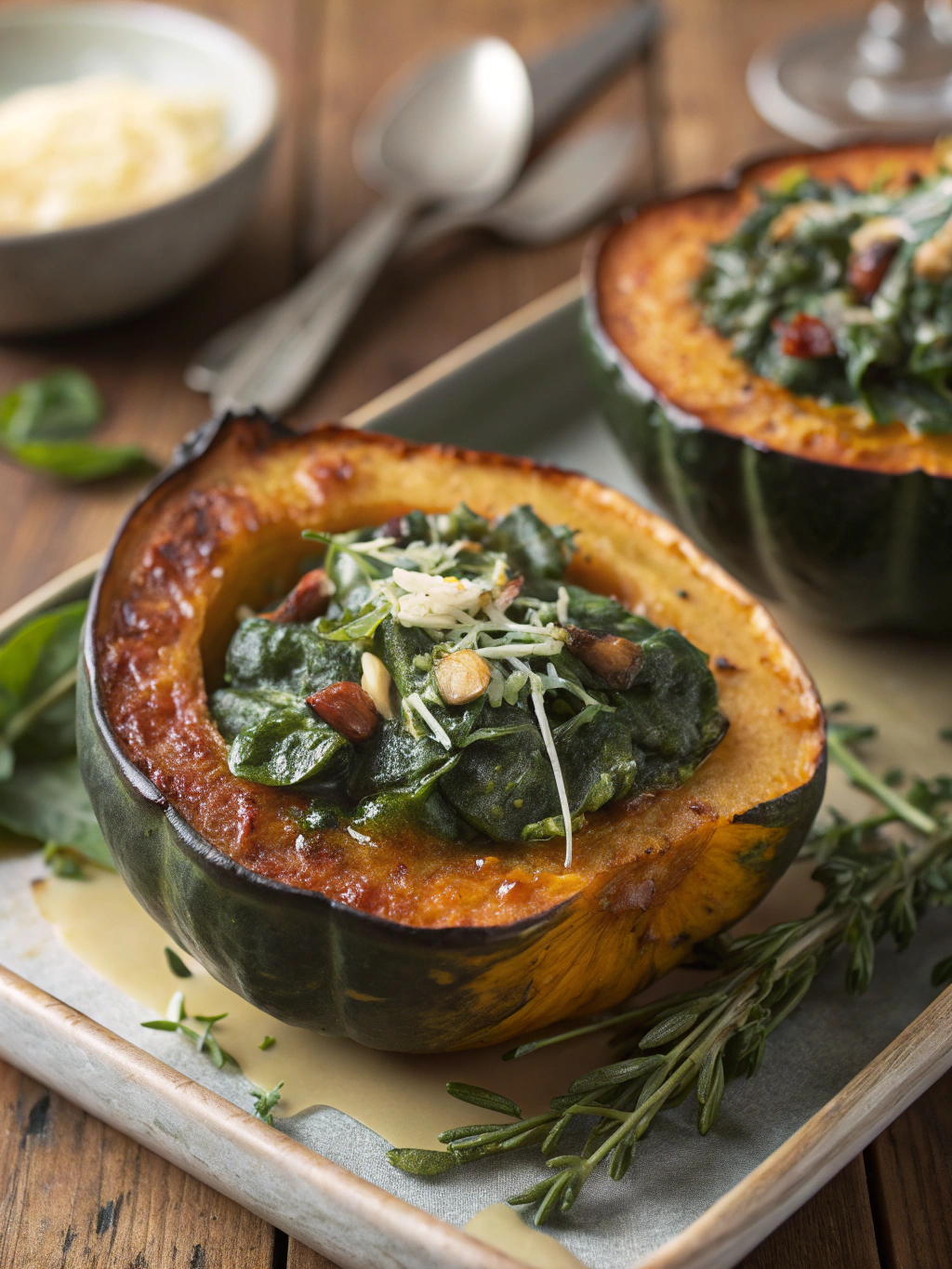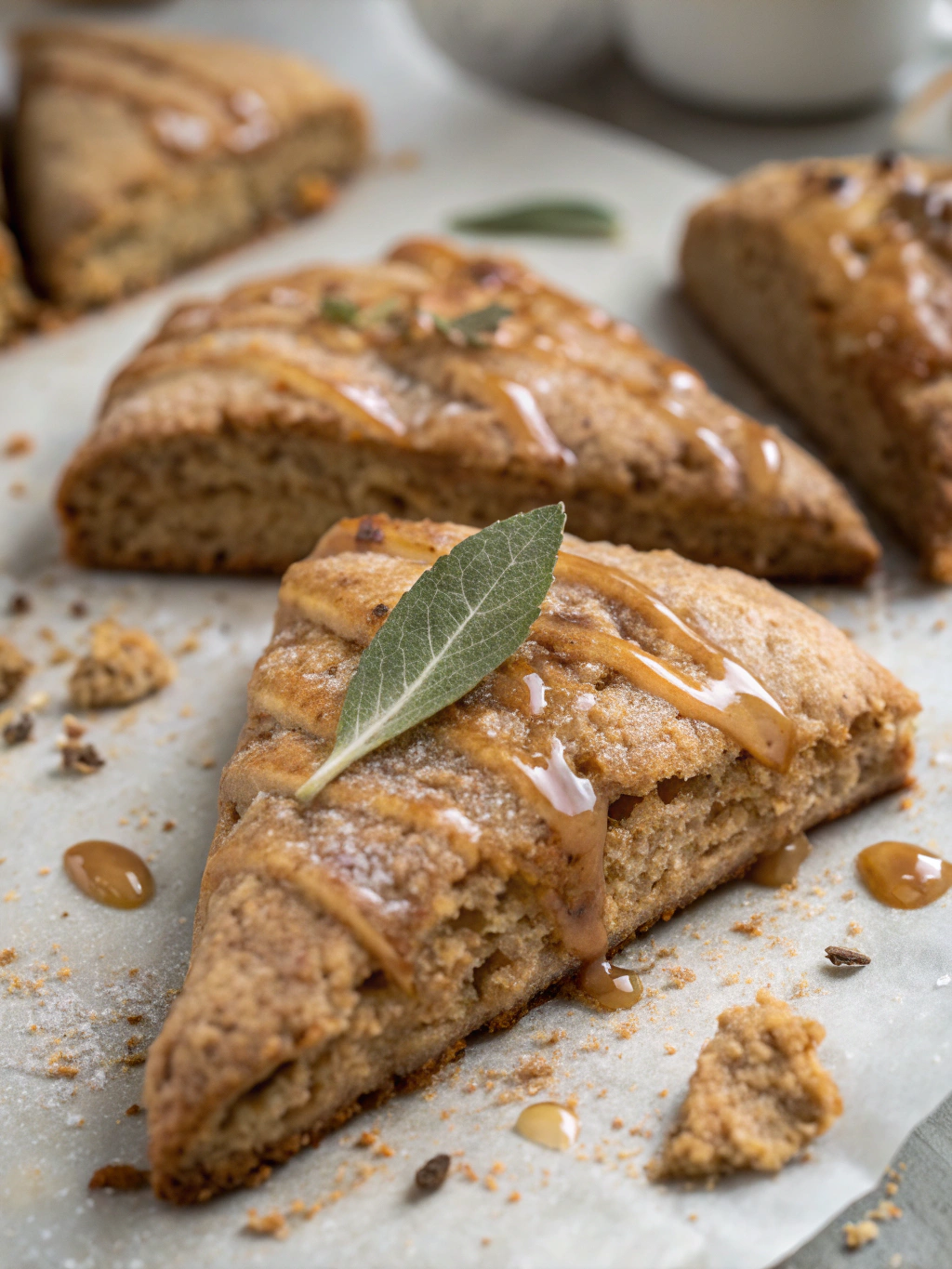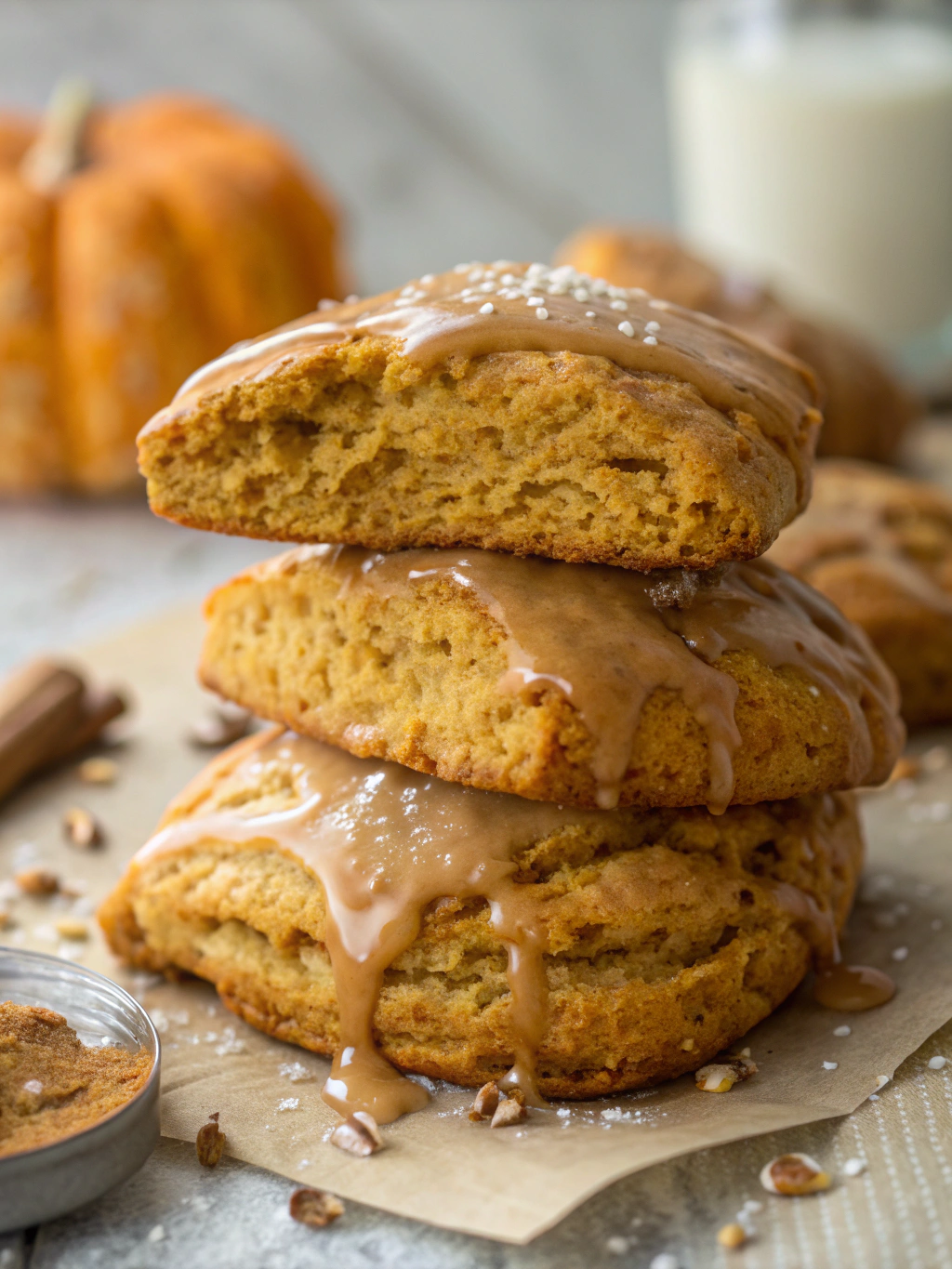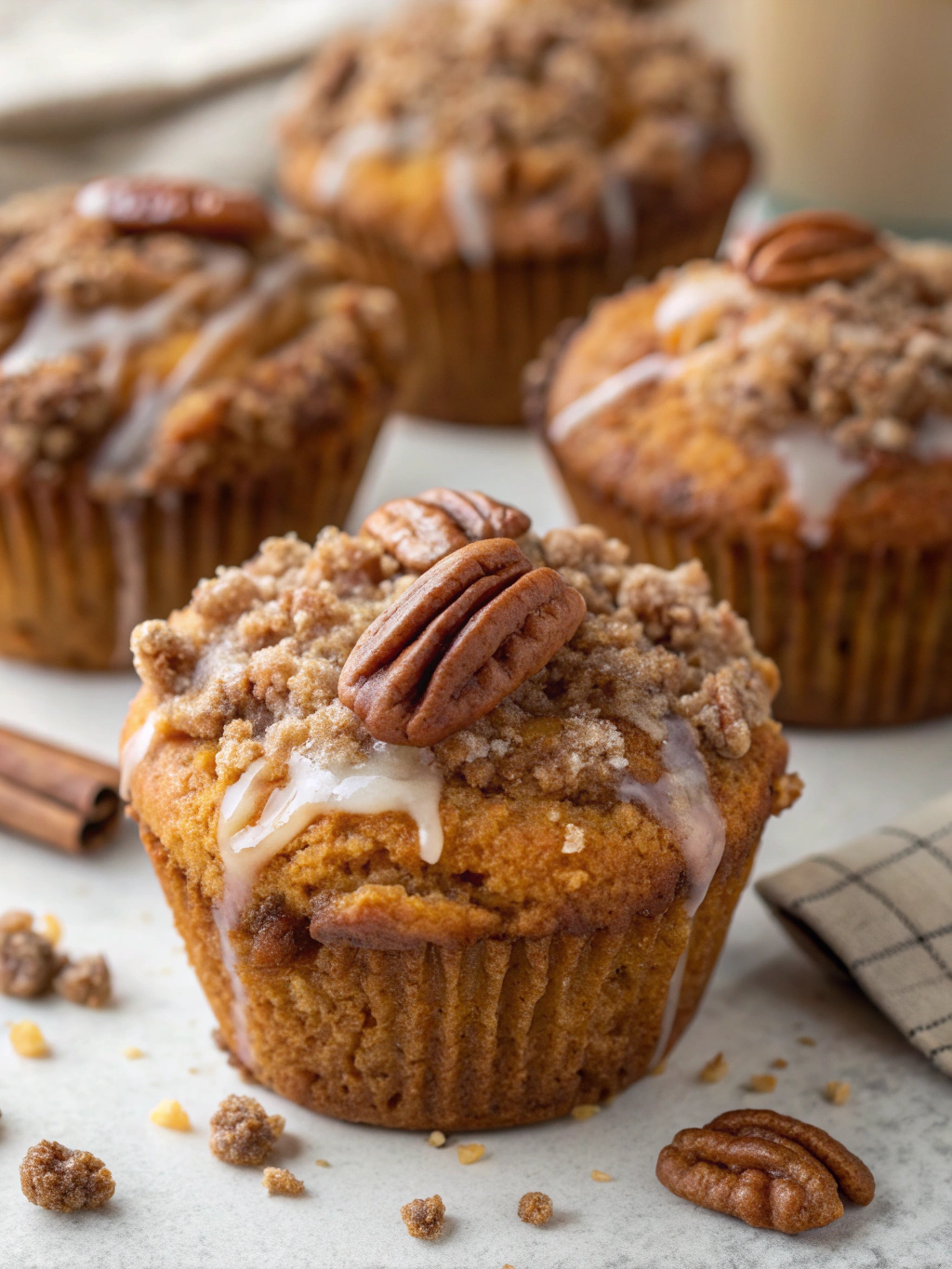Limoncello Cake: A Zesty Italian Delight
This Limoncello Cake is a burst of sunshine in every bite, combining the bright, citrusy flavors of Italy’s famous lemon liqueur with a tender, moist crumb. The perfect balance of sweet and tart, this dessert will transport you straight to the Amalfi Coast with its vibrant lemon flavor and delicate texture.
Whether you’re hosting a summer gathering or simply craving a taste of Italy, this Limoncello Cake recipe delivers impressive results with straightforward techniques. The cake’s golden exterior gives way to a light, fluffy interior infused with the distinctive flavor of limoncello, while the optional glaze adds an extra layer of lemony sweetness.
Quick Recipe Highlights
- Flavor Profile: Bright lemon notes balanced with sweet vanilla undertones create a refreshing yet indulgent taste experience.
- Texture: Moist, tender crumb with a slightly crisp exterior when glazed, offering perfect textural contrast.
- Aroma: The scent of fresh lemons and sweet cake fills your kitchen as it bakes, creating an irresistible fragrance.
- Visual Appeal: Golden yellow hue with optional white glaze drizzle makes for an elegant presentation.
- Skill Level Needed: Intermediate home bakers will find this recipe approachable with clear instructions.
- Special Equipment: Standard baking tools plus a zester or microplane for optimal lemon flavor.
Recipe Overview
- Difficulty Level: This Limoncello Cake requires basic baking skills but includes some techniques like proper zesting and syrup soaking that elevate it beyond beginner level.
- Category: Dessert, perfect for afternoon tea or after-dinner indulgence.
- Cuisine: Italian-inspired, celebrating the flavors of Southern Italy’s lemon groves.
- Cost: Mid-range ingredients, with limoncello being the most specialized component.
- Season: Ideal for spring and summer but delightful year-round.
- Occasion: Perfect for celebrations, dinner parties, or as a special weekend treat.
Why You’ll Love This Limoncello Cake
The vibrant lemon flavor in this cake comes from three sources: fresh lemon zest, juice, and authentic limoncello liqueur. This triple citrus punch creates a depth of flavor that simple lemon extract can’t match. The alcohol in the limoncello bakes out, leaving behind its distinctive floral lemon notes that pair beautifully with the buttery cake base.
Unlike many dense pound cakes, this Limoncello Cake recipe produces a light, airy texture thanks to careful creaming of butter and sugar, plus the addition of yogurt or sour cream for moisture. The optional syrup soak ensures every bite remains deliciously moist for days after baking.
Nutritionally, this dessert offers some benefits from the lemon components, which provide vitamin C and antioxidants. While still a treat, it’s a more flavorful option than frosting-heavy cakes, allowing you to enjoy smaller, more satisfying portions.
Socially, this cake makes a stunning centerpiece for gatherings. Its sophisticated flavor profile impresses guests, while the bright yellow color and optional glaze make it photograph beautifully for special occasions. It’s particularly popular at bridal showers, Mother’s Day brunches, and summer parties.
Cost-wise, this recipe makes excellent use of limoncello, which can be pricey but goes a long way in flavoring both the cake and optional glaze. The other ingredients are pantry staples for most bakers, making it an accessible showstopper dessert.
Historical Background and Cultural Significance
Limoncello, the star ingredient of this cake, has roots in early 20th century Southern Italy, particularly the Sorrento Peninsula, Amalfi Coast, and Capri. Originally created as a way to preserve the region’s abundant lemons, this sweet lemon liqueur became a staple of Italian hospitality.
The tradition of baking with limoncello developed as home cooks sought ways to incorporate the beloved flavor into desserts. While not as ancient as some Italian pastries, Limoncello Cake has become a modern classic that honors Italy’s citrus-growing heritage and the Mediterranean love of bright, fresh flavors.
Regional variations of this cake exist throughout Italy’s lemon-growing regions. Some versions use olive oil instead of butter, reflecting local agricultural products. Others incorporate ricotta for added richness, while coastal versions might include a touch of sea salt to enhance the lemon flavor.
Today, Limoncello Cake represents the joyful, sun-drenched spirit of Southern Italian cuisine. Its popularity has spread worldwide as travelers return home craving a taste of their Italian vacations, making it a delicious edible souvenir.
Ingredient Deep Dive
Limoncello: This Italian lemon liqueur is made from lemon zest, alcohol, water, and sugar. Authentic limoncello uses Sorrento or Amalfi lemons, known for their thick, fragrant zest. The alcohol content (usually 25-30%) bakes out, leaving pure lemon essence. For non-alcoholic versions, substitute lemon syrup.
Lemons: Fresh, unwaxed lemons are crucial for zest. Meyer lemons can be used for a sweeter profile. Always zest before juicing, and avoid the bitter white pith. Organic lemons are ideal since you’re using the peel.
Butter: Unsalted butter allows control over salt content. European-style butter (higher fat content) creates a richer crumb. Creaming properly with sugar creates air pockets for lift.
Eggs: Large eggs at room temperature incorporate better. The proteins provide structure while the fats contribute to tenderness and moisture.
Yogurt/Sour Cream: Adds moisture and slight tang that complements the lemon. Greek yogurt provides extra protein. The acidity helps tenderize gluten.
Common Mistakes to Avoid
- Over-zesting: Only take the yellow part of the peel – the white pith beneath is bitter and can ruin the delicate lemon flavor.
- Cold ingredients: Room temperature butter, eggs, and dairy incorporate better, creating a uniform batter that bakes evenly.
- Overmixing: Once flour is added, mix just until combined to avoid a tough, dense crumb.
- Improper pan prep: Thoroughly grease and flour the pan or use parchment to prevent sticking of this moist cake.
- Overbaking: Check 5 minutes early – a toothpick should have moist crumbs, not be completely dry.
- Skipping the syrup: The limoncello syrup soak adds moisture and intensifies flavor throughout the cake.
- Substituting extract: Lemon extract can’t replicate the complex flavor of real zest and limoncello.
- Rushing cooling: Let the cake cool completely before glazing to prevent melting and absorption issues.
Essential Techniques
Zesting: Use a microplane or fine grater, rotating the lemon to get only the yellow zest. Freeze lemons for 10 minutes first if they’re very soft. This releases the aromatic oils without the bitter pith.
Creaming Method: Properly creaming butter and sugar (pale and fluffy) incorporates air that helps the cake rise. Scrape the bowl frequently for even mixing. This should take 3-5 minutes with a stand mixer.
Alternating Dry/Wet: Adding flour and liquids in stages prevents gluten overdevelopment and ensures smooth batter. Begin and end with dry ingredients for best texture.
Syrup Application: Poke holes while warm so syrup penetrates evenly. Brush gently in layers, allowing absorption between applications for maximum moisture.
Pro Tips for Perfect Limoncello Cake
- Use high-quality limoncello – the better the liqueur, the better the cake flavor.
- Zest lemons directly into sugar and rub together to better release the citrus oils.
- For extra lemon punch, add 1/4 teaspoon lemon oil (not extract) to the batter.
- Bake on the middle rack and rotate halfway for even browning.
- Let the cake cool in the pan 10 minutes before transferring to prevent breakage.
- For neat slices, use a serrated knife and wipe between cuts.
- Garnish with candied lemon slices or edible flowers for special occasions.
Variations and Adaptations
Lemon Blueberry: Fold 1 cup fresh blueberries (tossed in flour) into the batter for bursts of berry flavor that complement the lemon.
Limoncello Pound Cake: Increase butter to 1 cup and eggs to 4 for a denser, richer texture perfect for slicing thin.
Gluten-Free: Substitute a 1:1 gluten-free flour blend and add 1/2 teaspoon xanthan gum for structure.
Mini Loaves: Divide batter among 4-5 mini loaf pans, reducing baking time to 25-30 minutes for individual portions.
Layered Cake: Bake in round pans and fill with lemon curd for an impressive layer cake presentation.
Serving and Presentation Guide
Serve Limoncello Cake at room temperature to appreciate its full flavor. For elegant presentation, dust with powdered sugar or drizzle with glaze in a zigzag pattern. Pair with fresh berries and a dollop of whipped cream for contrast.
Traditional Italian presentation might include a limoncello drizzle over each slice at serving time. For afternoon tea, cut into petite squares. As a dessert, serve larger slices with a small glass of chilled limoncello on the side.
Garnish options include candied lemon slices, fresh mint sprigs, edible flowers, or lemon zest curls. For parties, create a stunning display by stacking cake slices at varying angles on a cake stand.
Wine and Beverage Pairing
For wine pairings, choose a slightly sweet Moscato d’Asti or Prosecco to complement the lemon flavors without overpowering. A late-harvest Riesling also works beautifully.
Non-alcoholic options include sparkling lemon water, iced hibiscus tea, or a citrus-infused herbal tea. For coffee lovers, a light roast with citrus notes makes an excellent pairing.
For the full Italian experience, serve with small glasses of chilled limoncello as a digestif after enjoying the cake. The flavors will mirror each other delightfully.
Storage and Shelf Life
Store Limoncello Cake covered at room temperature for up to 3 days. For longer storage (up to 5 days), refrigerate but bring to room temperature before serving. The syrup soak helps maintain moisture.
To freeze, wrap unglazed cake tightly in plastic wrap then foil for up to 3 months. Thaw overnight in refrigerator, then bring to room temperature before glazing and serving.
Signs of spoilage include mold (rare due to alcohol content), off odors, or excessive dryness. The cake may become slightly more dense over time but remains delicious.
Make Ahead Strategies
Prepare the cake up to 2 days in advance – the flavors actually improve with time. Bake and syrup the cake, then wrap tightly once cooled. Add glaze just before serving.
For components, the syrup can be made 1 week ahead and stored refrigerated. Bring to room temperature before using. Dry ingredients can be pre-mixed and stored airtight.
For parties, bake and freeze the cake up to a month ahead. Thaw overnight in refrigerator, then apply syrup and glaze the day of serving.
Scaling Instructions
To halve the recipe, use 2 eggs (beat and measure out half) and bake in a 6-cup loaf pan for 35-40 minutes. Double the recipe works well in a 10-12 cup Bundt pan with 50-60 minute bake time.
When scaling, mix times may vary slightly. Watch for visual cues rather than strict timing. For large batches, mix in separate bowls rather than overfilling one mixer bowl.
Storage needs increase with larger batches – ensure you have adequate airtight containers or wrapping materials for leftovers.
Nutritional Deep Dive
One slice (1/12 of cake) contains approximately 320 calories, with 12g fat, 45g carbs, and 4g protein. The lemon components provide vitamin C and flavonoids with antioxidant properties.
While still a dessert, this cake offers more nutritional benefits than frosting-heavy options. The protein from eggs and yogurt, plus fiber from flour, creates more balanced macros.
For lighter versions, reduce sugar by 1/4 cup and substitute Greek yogurt for sour cream. Portion control is easier with this flavorful cake as small slices satisfy.
Dietary Adaptations
Gluten-Free: Use a quality 1:1 gluten-free flour blend and add 1/2 teaspoon xanthan gum. Check limoncello is GF as some brands use wheat alcohol.
Dairy-Free: Substitute vegan butter and coconut yogurt. The limoncello is naturally dairy-free.
Vegan: Use plant-based substitutes for butter, eggs (flax eggs work well), and yogurt. Ensure limoncello is vegan (most are).
Lower Sugar: Reduce sugar by 1/4 cup and use erythritol for half the sugar. Choose a lower-sugar limoncello or make your own with reduced sugar.
Troubleshooting Guide
Dry Cake: Likely overbaked or syrup not applied properly. Next time check earlier and ensure even syrup distribution.
Dense Texture: Usually from overmixing after adding flour or improper creaming. Mix just until combined and ensure proper butter/sugar aeration.
Sticking to Pan: Grease thoroughly and consider parchment paper. If stuck, gently loosen edges with a thin knife while still slightly warm.
Uneven Baking: Rotate pan halfway and ensure proper oven temperature. An oven thermometer helps verify accuracy.
Too Sweet: Reduce sugar by 1/4 cup next time or use a more tart limoncello. Balance with unsweetened whipped cream when serving.
Frequently Asked Questions
Can I make this without alcohol? Yes, substitute the limoncello with lemon juice mixed with simple syrup (2:1 ratio). The flavor will be slightly different but still delicious.
What’s the best limoncello brand for baking? Look for Italian imports with real lemon flavor. Luxardo, Pallini, and Caravella are excellent choices available in many markets.
Can I use bottled lemon juice? Fresh is always best for both juice and zest, but in a pinch bottled juice can work. Never use bottled zest.
Why did my cake sink in the middle? This usually indicates underbaking, opening the oven too early, or too much leavener. Ensure proper bake time and don’t peek before minimum time.
Can I make cupcakes instead? Absolutely! Fill liners 2/3 full and bake for 18-22 minutes. Makes about 18 standard cupcakes.
How do I know when it’s done? The cake should pull slightly from edges, spring back when lightly pressed, and a toothpick should have moist crumbs (not wet batter).
Can I add poppy seeds? Yes! Add 2 tablespoons poppy seeds with the dry ingredients for lovely texture and visual appeal.
Why is my glaze runny? Add powdered sugar gradually until desired consistency. If too thin, let sit briefly to thicken before applying.
Additional Resources
For more Italian-inspired desserts, try our recipes for Tiramisu, Cannoli, or Panna Cotta. Our guide to zesting citrus perfectly offers tips for maximizing lemon flavor.
If you love baking with liqueurs, explore our Amaretto Cake or Irish Coffee Chocolate Cake recipes. For equipment, a good microplane zester and kitchen scale elevate baking results.
Seasonal variations might include adding cranberries in winter or fresh raspberries in summer. Our fruit addition guide helps adapt recipes successfully.
Join the Conversation
Share your Limoncello Cake creations on Instagram with #MyLimoncelloCake! We love seeing your variations and presentation ideas. Leave a comment with your experience or any clever adaptations you’ve tried.
For beautiful food photography, natural light works best with this bright cake. Style with lemons, rustic linens, or Italian ceramics for authentic atmosphere. We feature reader photos monthly!
The Recipe
Limoncello Cake
Serves: 12
Prep Time: 20 mins
Cook Time: 45 mins
Total Time: 65 mins
Kitchen Equipment Needed
- 9×5 inch loaf pan
- Stand mixer or hand mixer
- Microplane or zester
- Juicer or reamer
- Cooling rack
- Pastry brush
Ingredients
- 1 3/4 cups (220g) all-purpose flour
- 1 teaspoon baking powder
- 1/2 teaspoon salt
- 1/2 cup (113g) unsalted butter, room temperature
- 1 cup (200g) granulated sugar
- 3 large eggs, room temperature
- 1/4 cup limoncello
- 1/4 cup plain yogurt or sour cream
- 2 tablespoons lemon zest (from 2-3 lemons)
- 2 tablespoons fresh lemon juice
- 1 teaspoon vanilla extract
For the Syrup:
- 1/4 cup limoncello
- 2 tablespoons granulated sugar
- 2 tablespoons water
Optional Glaze:
- 1 cup (120g) powdered sugar
- 2-3 tablespoons limoncello or lemon juice
Directions
- Preheat oven to 350°F (175°C). Grease and flour a 9×5 inch loaf pan or line with parchment.
- Whisk together flour, baking powder, and salt in a medium bowl. Set aside.
- In a stand mixer, cream butter and sugar until light and fluffy (3-5 minutes).
- Add eggs one at a time, mixing well after each addition. Scrape bowl as needed.
- Mix in limoncello, yogurt, lemon zest, lemon juice, and vanilla until combined.
- Gradually add dry ingredients, mixing just until incorporated. Don’t overmix.
- Pour batter into prepared pan and smooth top. Bake 40-50 minutes until golden and a toothpick comes out clean.
- While cake bakes, make syrup: Combine limoncello, sugar, and water in a small saucepan. Heat until sugar dissolves, then cool slightly.
- When cake is done, cool in pan 10 minutes. Poke holes all over with a skewer, then brush with half the syrup.
- After 10 more minutes, remove from pan to cooling rack. Brush remaining syrup over all sides.
- Cool completely before glazing (if using): Whisk powdered sugar and limoncello until smooth. Drizzle over cake.
Recipe Notes
- For stronger lemon flavor, add 1/4 teaspoon lemon oil to the batter.
- Cake tastes even better the next day as flavors meld.
- Freeze unglazed cake for up to 3 months – thaw and glaze before serving.






